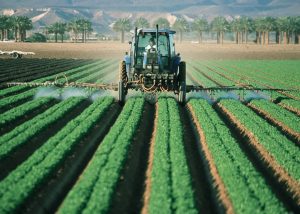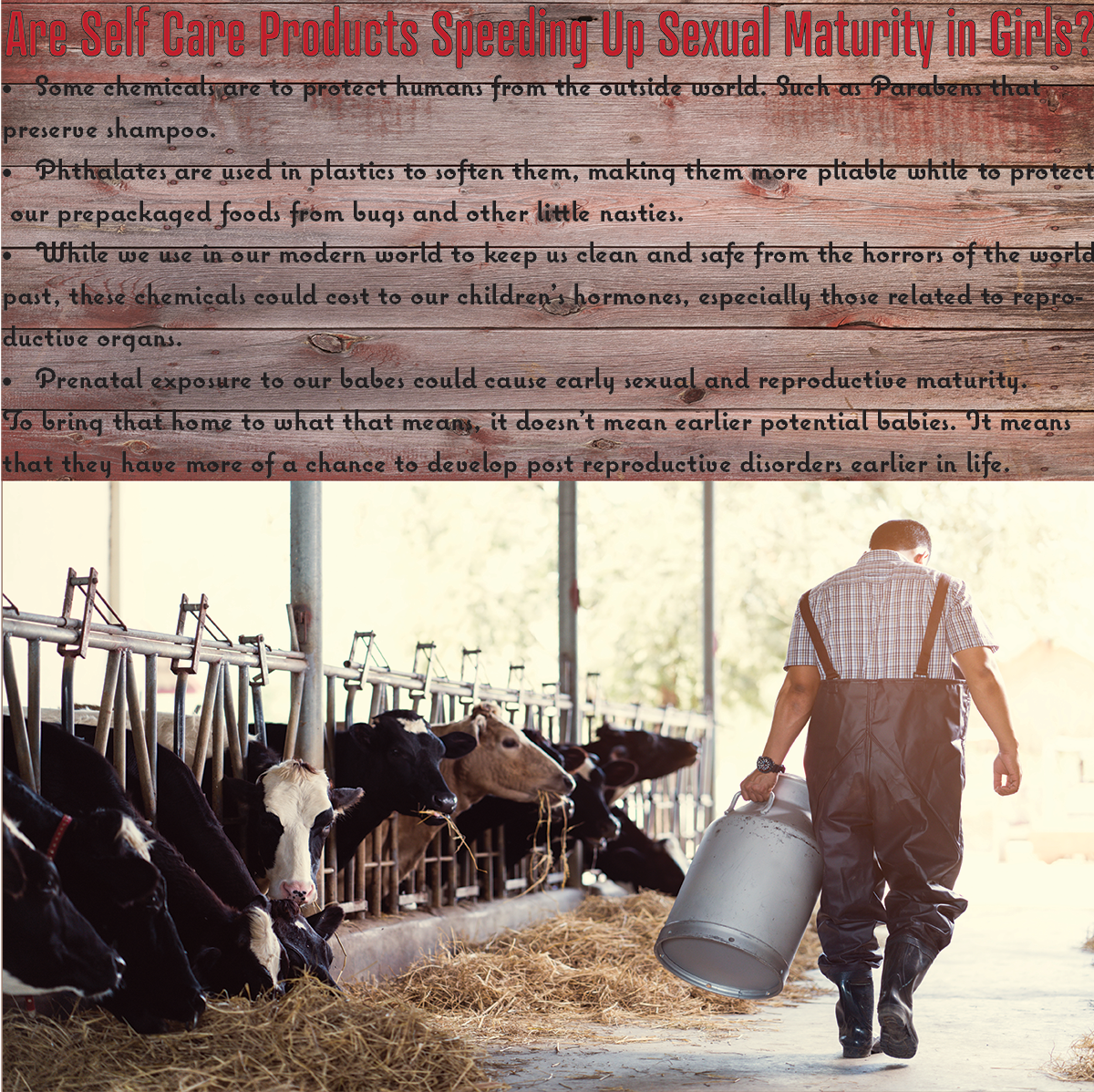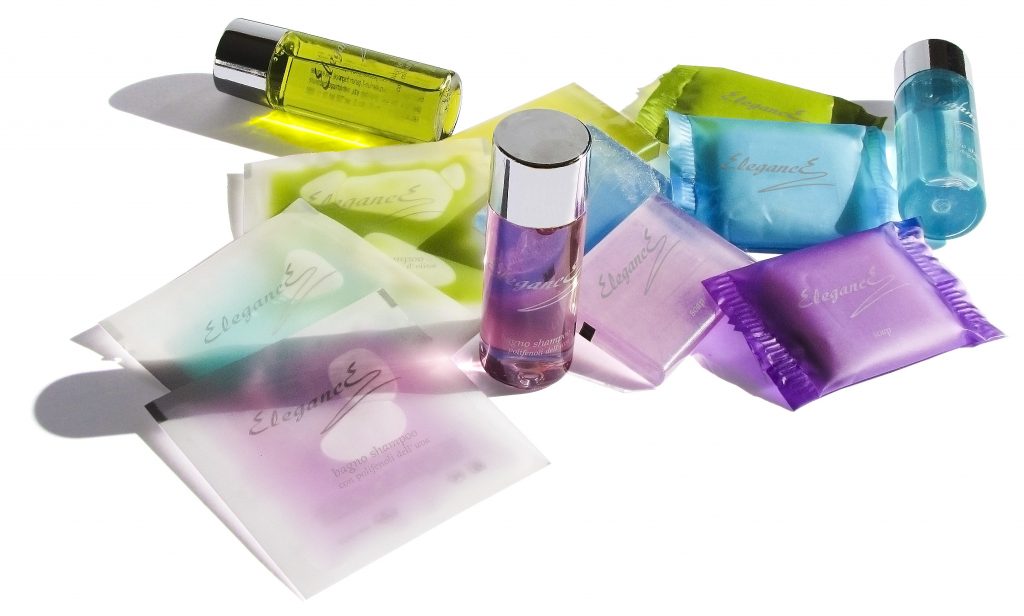Phthalates. Parabens. Pesticides. Lead. Industrial waste.
All of these things are present in our lives. Clearly, the closer you live to a rural area, the more likely you’d be in contact with pesticides, and the closer you live to a city, the more likely you’ll come into contact with industrial waste.
Since the early 2000s, it’s come into the collective consciousness that these things can be really bad. We known that sticking your hand into a vat of chemicals or inhaling a lot of things could be bad for our health since the beginning of the industrial age. After all, you can find health manuals from any region, any age describing health preventative measures. Yeah, sometimes they got it wrong with their cures, but people have always had the presences of mind to know when things were dangerous.
In the modern age, though, we have a whole new vocabulary of “scary” things. Like parabens. Those are in our shampoo to preserve it from going bad. Or phthalates. Those are used in plastics to soften them, making them more pliable while to protect our prepackaged foods from bugs and other little nasties.
But these are things we use in our modern world to keep us clean and safe from the horrors of the world past. Surely they are better, right? It could be, but at the same time, it could have a cost to our children’s hormones, especially those related to reproductive organs.
According to news that came out of Berkeley, prenatal exposure to our babes could cause early sexual and reproductive maturity. To bring that home to what that means, it doesn’t mean earlier potential babies. It means that they have more of a chance to develop post reproductive disorders earlier in life.
Whose at Risk?
 Just like in the early days of our development, those that are at highest risk are those that work with the different risks. Working pregnant mums that are around pesticides will have more chances of being in contact with things that put the babes at risk.
Just like in the early days of our development, those that are at highest risk are those that work with the different risks. Working pregnant mums that are around pesticides will have more chances of being in contact with things that put the babes at risk.
So, let’s spell it out for you. Lower socioeconomic classes that work and live in industry and farming are at high risk because they don’t have the luxury for mum to take a year or so off while the baby develops and during the early days of life when she might breast feed.
But, how bad is it?
Thankfully, if safety protocols are followed, it shouldn’t be too bad. Studies have been going on for 50+ years studying this ongoing issue around the world. They have been looking at various geographical areas, boys and girls, prenatal and postnatal, and a variety of chemicals.
Research has been done on a wide variety of chemicals that we use in the modern world. Pesticides , pthalates , parabens , lead , and more. The research was done in multiple locations across the world, as well as a range of socioeconomic classes. They tested both boys and girls to see if the chemicals had an impact on their maturity indicators — pubic hair and breast growth.
Unfortunately, it seems that none of the research notes the lifestyle or occupations of the families of these youngsters. Despite of that, all of the research seems to indicate that higher body mass index (BMI) is the highest factor of whether or not the prepubescent children would have any premature indication of puberty.
Factors considered, but not conclusively indicated are socioeconomic factors as well as frequency and volume of exposure.
Simply said, use common sense.
The research by and large is inconclusive. Data does NOT indicate that using shampoo and soaps regularly will lead to premature puberty. So far the only thing that is strongly correlated is obesity and the potential for the young bodies to hold onto more of the offensive chemicals.
In short, use things wisely, don’t run through fields that have pesticides applied to them, and keeping weight in check seems to be the keys to staying healthy.

Share Are Self Care Products Speeding Up Sexual Maturity in Girls?
 |
 |
 |
